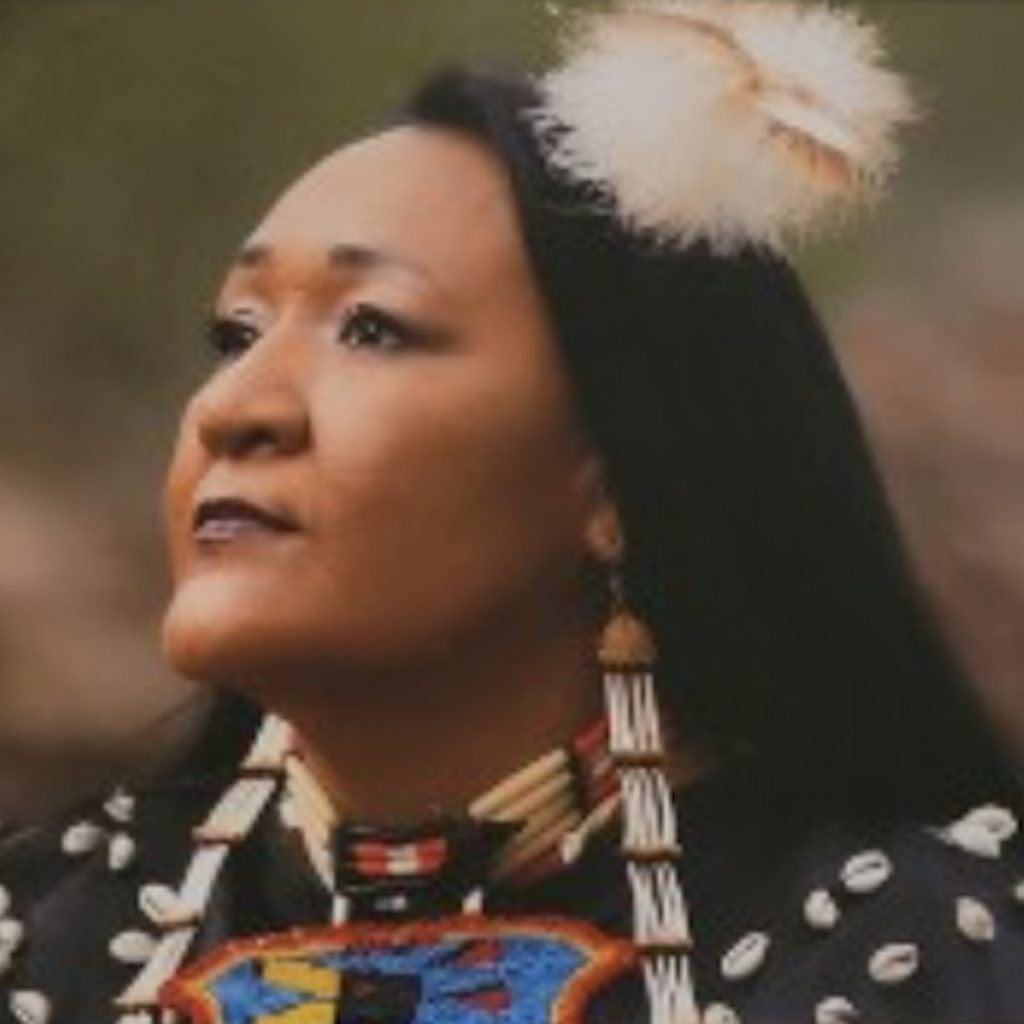
Our Team
We are advocates of Tribal Nations, hunters, hikers, birders, history buffs, conservationists, ORV users, tourists, people of faith, rock hounds, horse and bike riders, union workers, naturalists, photographers, campers, business owners, and more.
OUR TEAM

JASON BALDES, Fort Washakie
Eastern Shoshone, Shoshone Tribe Buffalo Reintroduction Coordinator/National Wildlife Federation
“The Eastern Shoshone people and other Native American Tribes have utilized the Greater Red Desert Region for millennia. All of what is now the Red Desert was in the original Shoshone Treaty of 1863 comprising 44 million acres. Within a span of 5 years, due to the discovery of gold, minerals and immigrant trails, the Shoshone Reservation was reduced to ~2 million acres. Our traditional ties to the area are still intact. The history and cultural importance of the region supersedes any monetary value that can be gained from extractive industries. Special areas in the Red Desert should be protected for future generations of all Americans.“

MIKE BURD, Green River
Trona miner, representative of the Federation of Union Sportsmen and vice president of United Steelworkers Local 13214
“The Red Desert is an oasis for the wildlife that we all love in this state. Elk, deer, and antelope need this habitat to survive Wyoming’s harsh winters. The recreational opportunities—like hunting that we all enjoy doing in the fall—are so important for local folks and visitors. We need to make sure this special place is protected for our grandkids.“

YUFNA SOLDIER WOLF, Wind River Indian Reservation
Northern Arapaho with Cheyenne and Lakota ancestry, former Tribal Historic Preservation Officer, Native American Graves Protection and Repatriation Act Manager, expert in Indigenous issues and Native sovereignty
“While living and breathing in Wyoming my entire life, I know and understand the vast greatness that the Red Desert holds in respect to Traditional Ecological Knowledge. Tribes can always go to this place to pray, use its resources, and reconnect. As the Wind River Organizer it is my job to incorporate tribal narratives and lift our voice for the Red Desert. For too long Indigenous narratives are appropriated to fit the overall narrative. The Red Desert is a living cultural corridor with vast historical tribal significance.“

LYNETTE GREY BULL, Wind River Indian Reservation
Northern Arapaho, women and Indigenous rights activists, community organizer, and mother
“Take an adventurous drive to the Red Desert, breathe in the air and walk on the lands that Indigenous people did hundreds and thousands of years ago… to the buffalo jump, to lands where they would harvest native plants for sustenance, and to the majestic petroglyphs that provide a glimpse of what life was like. My ancestors have lost plenty in the history of our country. However, we still have the Red Desert that tells our story.”

LAUREN HEERSCHAP, Lander
Geologist and Business Owner
“The Red Desert is one of the few large swaths left of untouched high desert. The closer and closer you look, the more you slow down, there’s so much special unique value. It’s a really cool experience to be in untouched sagebrush high desert, whether you’re backpacking or hiking or climbing or bouldering or on a bike. A lot of people move here for these opportunities.“

TOM CHRISTIANSEN, Green River
Retired Greater sage-grouse program coordinator and wildlife biologist for the Wyoming Game and Fish Department
“The Red Desert is full
Full of Nothing
Nothing is Everything, here
May it remain
Full Of Nothing
Forever“

CHESIE LEE, Riverton
Former executive director of the Wyoming Association of Churches and founder of the Riverton Peace Mission
“Going to the Red Desert is a spiritual experience for me. The vastness, the beauty, and the stillness give me the feeling that nothing is between me and our creator.”

DAN STROUD, Pinedale
Retired habitat mitigation biologist for the Wyoming Game & Fish Department
“From golden eagles down to pygmy rabbits, the Golden Triangle has some of the larger pronghorn winter ranges, important mule deer and elk winter ranges, and it has some of the greatest sage-grouse habitat densities probably in the world. You just never know what you’re going to encounter out here and that’s part of the awesomeness. It’s wild.”

BOBBI WADE, South Pass
Owner, horsewoman, head wrangler, and guide of Blue Sky Sage Horseback Riding Retreats
“For over 20 years, I have spent many days and hundreds of miles on horseback in the northern end of the Great Divide Basin — with guests from all over the world trekking behind me and my husband as we hit a long trot in search of wild horses or shy, reclusive elk herds. The country is magical and has an essence that permeates to the very core of what we are as humans and how very small we really are in the big picture.”

WARREN MURPHY, Cody
Episcopal clergyman and former executive director of the Wyoming Interfaith Network.
“I am a lover and protector of the mountains and the desert with a particular interest in the Red Desert. The Red Desert is a rare Wyoming gem hidden in plain sight.”

RIN KASCKOW, Laramie
Executive Director of the Alliance for Historic Wyoming
“The Alliance’s mission to preserve Wyoming’s historic places and spaces. The Northern Red Desert’s rich and varied histories are still evident on the landscape today. From trails used by Indigenous people that were adopted by settlers expanding the boundaries of the United States to homesteads, tipi rings, buffalo jumps, and sacred sites still used for spiritual practices today, there are countless historic places worthy of protection so future generations can connect with the lessons of the past as we chart our futures.”
